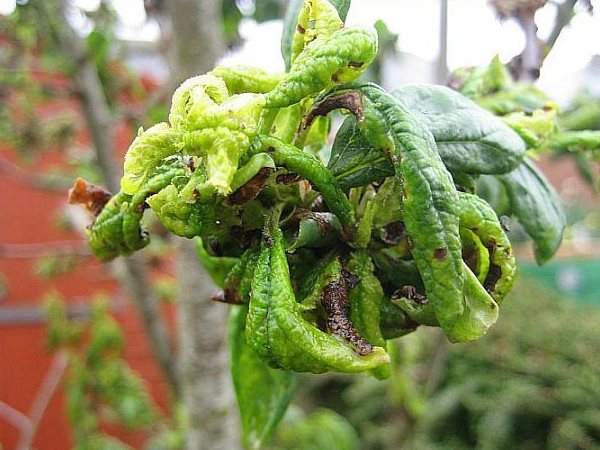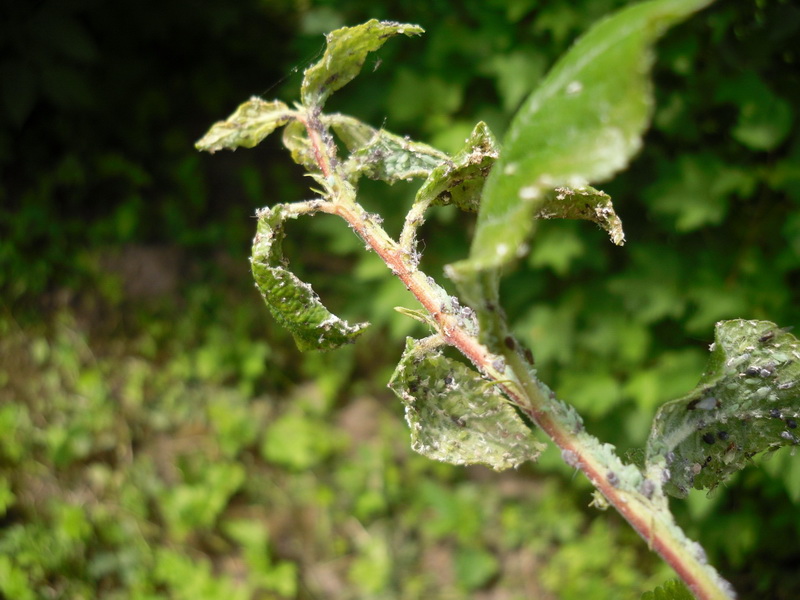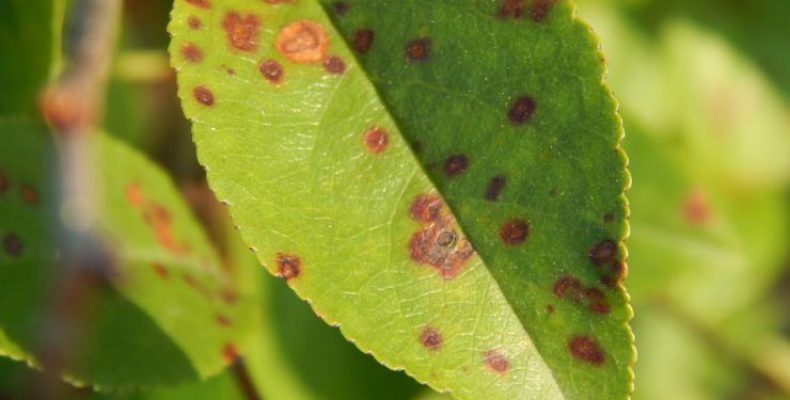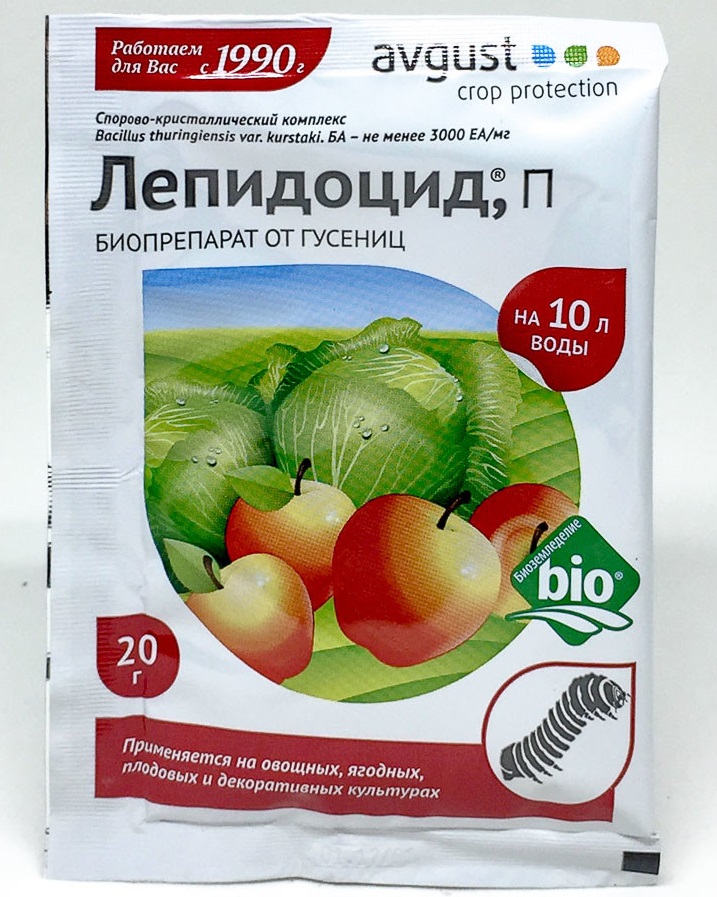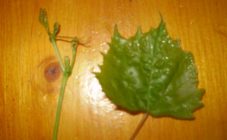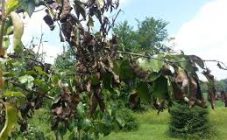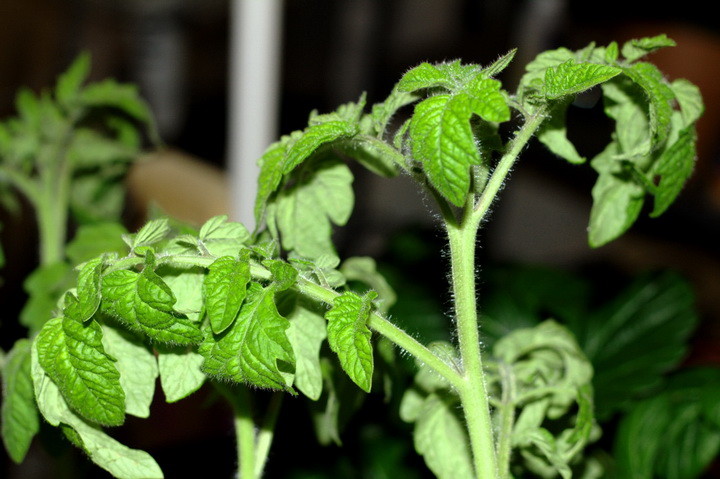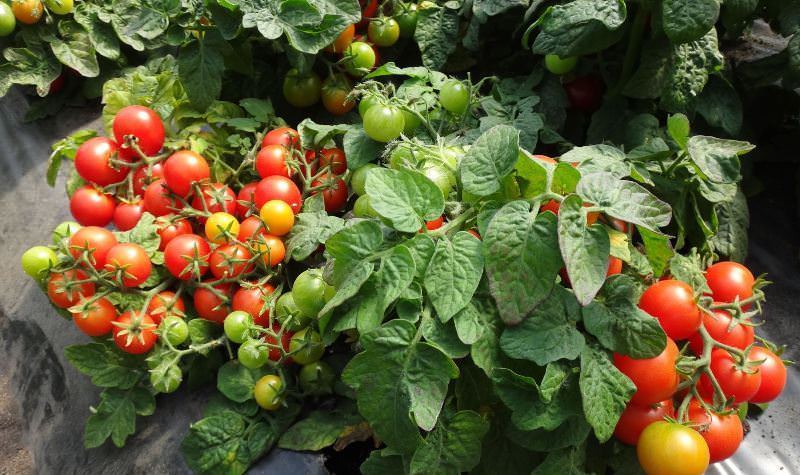Content:
Plum, in its popularity among gardeners, is practically on a par with apple, apricot and pear. Despite its unpretentiousness and resistance to various diseases and pests, the tree sometimes begins to wither. The leaves on it turn yellow and curl. Why is this happening and what to do about it? This will be the subject of conversation. So, the leaves are curling near the plum, what should I do?
What curling leaves look like
The type of deformation will depend on the cause that led to the curling of the leaves. They can wrinkle, curl into a tube, turn yellow, dry out and fall off.
It is worth considering the common reasons why the leaves curl on the plum:
- If the plum is young, curling of its leaves may indicate damage to the root system.
- If the leaves of the middle tier of the crown curl and turn yellow at the established plum, excessive watering can be suspected (or groundwater has risen).
- Leaves can curl up into a tube, this circumstance, on the contrary, indicates a lack of moisture.
- The curly cap on the top of the plum, consisting of twisted leaves, indicates an excess of such an element as nitrogen.
- Lack of phosphorus, potassium, magnesium and iron affects leaf curling.
- Chlorosis, a disease in which the production of the main element of the green leaf, chlorophyll, is disrupted.
- A fungus called Verticillus.
- Plum aphid, elephant, leafworm, mite are the main pests.
The leaves of the plum are twisted, what to do with this will be described below, but for now you should learn more about the mechanism of development of plum diseases.
Nature and mechanism of origin
It is worth considering each of the reasons and understanding why the leaves of the plum curl.
The plum tree can be attacked by the following parasites:
- Plum elephant or plum pipe wrench. This insect that attacks the plant looks like a weevil. The length of the pipe-runner grows up to 2-10 mm. Females gnaw leaves near the petiole and lay eggs there. After the appearance of the larvae, they begin to roll up the plum leaf in a tube, or in the form of an envelope, over time it dies off and falls off.
- Aphid. The insect lives off the juices from the leaves of the plum, as a result of which the latter shrinks and curls. Aphids are a very prolific insect, in one season they give birth to offspring up to 16 times. The plum tree itself begins to ache, grow slowly, and yield decreases.
- A leaf roll on the drain (how to deal with it will be described below). Butterfly caterpillars are dangerous for the tree, which feed on the buds and buds of the plum culture in spring. Then they begin to gnaw the leaves and wrap themselves in them during pupation.
- Spider mite. In winter, this insect spends time in the bark of a tree or under fallen leaves. And in spring it moves under the foliage, where it begins to multiply. Over time, colonies of a tick entangle the entire leaf, sucking out all the juices from it. As a result, it dries, curls and falls off. If most of the leaves are opal, then this threatens the death of the plant.
If the cause of the twisting is not in the parasites, it is possible that the fertilizing was incorrectly applied or fertilizers have not been applied to the top and bottom soil for a long time. An overabundance or shortage of certain chemical elements may act on the curling of sheets:
- The leaves curled upward may indicate a lack of calcium.Shoots grow more slowly, but at the same time they thicken, few buds are formed on the branches.
- With a lack of potassium, the leaves of the plum curl up - what to do with this is known, you need to add this element to the soil. Also, the characteristic features of the lack of potassium in the soil will be wrinkled and light leaves, their edges will go down and dry. The shoots themselves become thin.
- Curly and dark leaves are in excess of nitrogen. In addition, they can grow too large. There are few buds on the tree, the fruits ripen slowly.
Also, the leaf can curl due to fungal diseases, which must be treated.
- Verticillosis. The fungus enters the tree through the damaged root system. The pathogen itself lives in the canals that feed the plum, when the fungus enters the roots, it forms a blockage there. Thus, moisture and nutrients do not get to the plant, the leaves on the plum dry, curl and fall off. You can fight Verticillosis if the leaves are twisted at the very beginning of the crown, but if the gardener noticed affected leaves on the top of the tree, then such a plum must be disposed of immediately. It will not be possible to save her, and a sick tree will infect neighboring plants.
- Coccomycosis. The fungus appears as small brown spots on the leaves, which tend to grow. Gradually, the leaf dries up and curls up in a boat from the edges to the central strip. Looking closely on the sheet, you can find light pink fluff. If the lesion is extensive, then the bark cracks on the trunk, inside which the mycelium is visible.
The main common and effective methods for solving the problem
If the cause is damage to the root system, then it is necessary to dig up a young tree and remove the damaged part of the root.
If there is a shortage of mineral fertilizers, it is necessary to fill this gap.
When parasites appear on a tree in small quantities, the affected leaves are simply torn off along with the pests and destroyed. Sometimes, even an ordinary ant can harm a tree.
If a widespread defeat occurs, the fight is carried out by spraying. It is only necessary to take into account the time of harvesting - if before this period is more than a month, then chemical insecticides are used. With a shorter period of time before fruit ripening, biological agents are used.
How to treat a tree if leaves curl on a plum? First of all, it is necessary to identify the pathogen and find a cure specifically against it. There are chemical preparations that are capable of effectively acting immediately on different pests (to clarify whether a particular insect will work or not, you need to read the instructions):
- "Karbofos";
- Actellik;
- Kemifos.
Despite the fact that drugs can quickly and effectively destroy pests, they must be used carefully and according to instructions.
If we take biological agents, then the most popular of them is Fitoverm, which in 7 days is able to destroy all the parasites described above. They will not be able to harm the drain in a day. This medicine works for 3 weeks. However, if it rains, Fitoverm will wash off and will no longer work.
"Aktarin" also works well on a twisted piece of paper. After spraying with this drug, after half a day, insects cannot harm the plum. And on the third day, the pests completely die.
Another drug called Lepidocide. The harmful effect of insects ceases 24 hours after the tree begins to be processed, and on the third day they die. But during the ripening of the fruit, the agent is not recommended to be used.
Fungicides are used against fungal infection, there are many of them, but the most popular are:
- Topsin-M;
- "Vitaros";
- "Kuprozan".
These preparations are also not used in the later stages of fruit ripening. This is about a month or less before collecting the plums. The tree must be processed strictly according to the instructions, the plant is sprayed completely, even the top of the head gets.
A particularly dangerous fungal disease of the plum is the verticillary wilting of the plum; its treatment must be carried out with the lower curling of the leaves. But if the crown of the crown is damaged, the tree is completely uprooted and burned. And the place of growth of a diseased plum is disinfected with a solution of potassium permanganate in a high concentration or a 2% solution of the drug "Carbation".
If we consider folk methods of treating plum diseases, then they use a soapy solution to spray a tree or sprinkle sick leaves with ash. It should be noted here that traditional methods are effective only for small lesions.
In order not to continue to worry about the fact that the plum will hurt, and its leaves may twist, dry out and fall off, it is worth providing the plant with proper care. It is based on regular watering of the plum tree, fertilizing the soil, pruning dry branches, removing weeds and fallen leaves from the trunk circle.
In order to prevent the disease, the tree is treated with weak compositions of drugs for insect pests and fungal infections. Do not forget to inspect the plant for damage, the sooner something amiss is found, the faster the treatment process will begin. This means that the tree will not die, and will soon bear large and healthy fruits.
